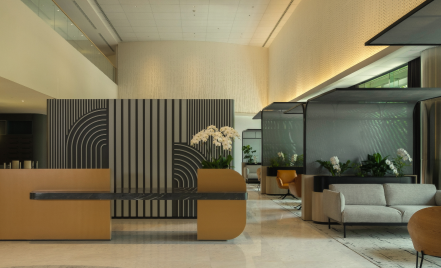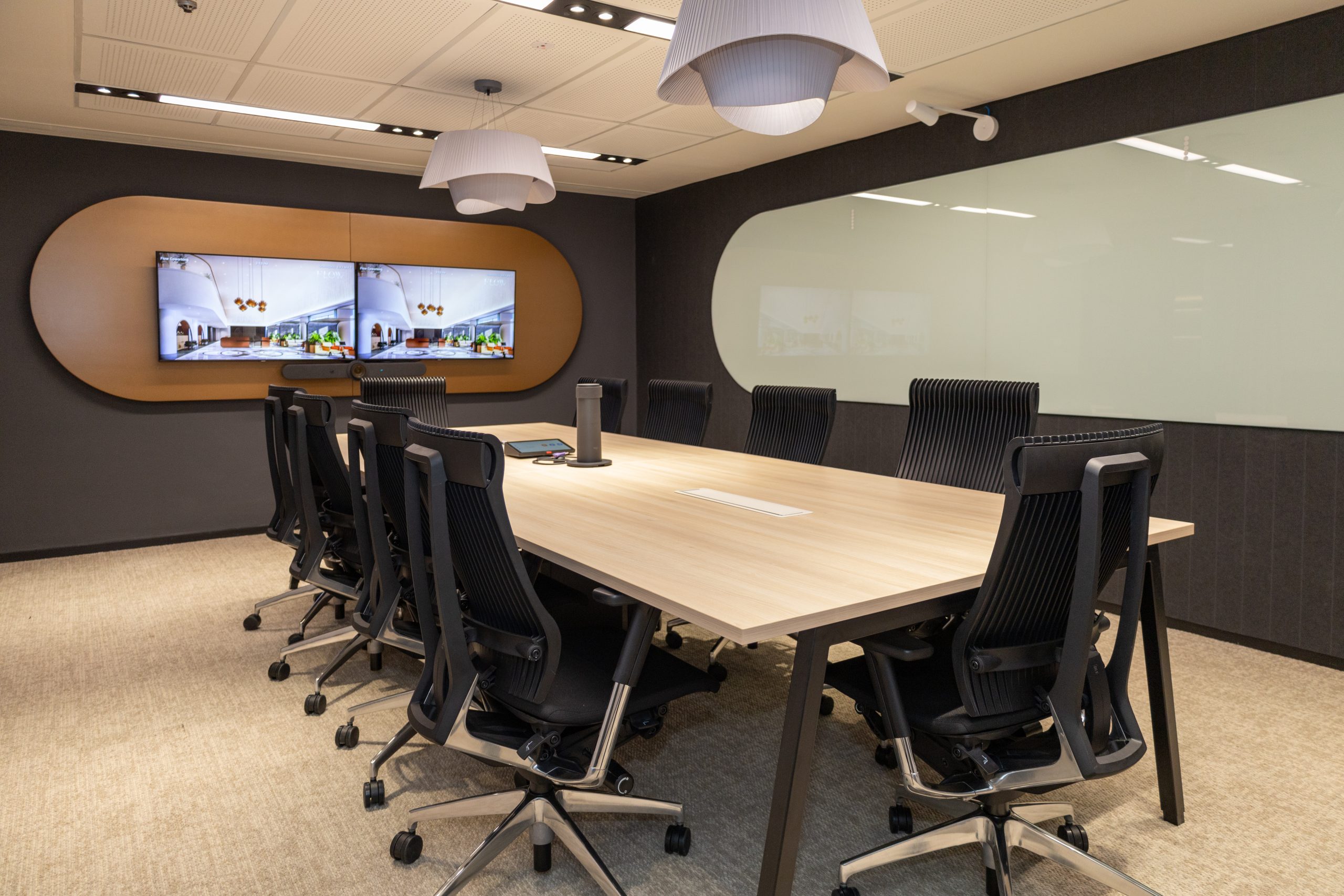Is hot desking good or bad? A lot of companies embrace hybrid work models and various systems were implemented depending on the company’s culture and work system. Hot desking is one of the setups many people enjoy as it could give a lot of advantages as long there is a clear policy and a good system.
Hot desking is considered a good solution as a hybrid work model as it can foster collaboration, flexibility, and efficient space utilization. This setup encourages interaction between departments, sparking innovation, and idea sharing. Additionally, this system reduces office clutter and creates a dynamic environment.
However, productivity can suffer if employees are struggling to find available desks or the necessary resources. That is why we need to learn more about this setup before implementing it as your office’s work habit.
What is Hot Desking?
Hot desking is a flexible office setup where employees don’t have assigned desks. They can choose any available workspace when they arrive at the office. They can use a working desk or dining table or sitting comfortably on the sofa. The purpose of this system is to maximize space efficiency and promote collaborations.
As companies embrace hybrid work models, hot desking allows employees to choose where they work based on their needs. Without assigned seats, employees can choose workspaces according to their tasks, whether solo work or team collaboration.
However, this system also presents challenges, as it is applied first-come, first-served basis. Companies should ensure desk availability, maintaining organization, and consideration of personal space.
The Pros of Hot Desking
As a flexible working space, hot desking advantages make it a popular choice for the modern workplace. A lot of modern companies or professionals choose this setting as their workspace upon many positive considerations, such as the explanation below.
- Cost Efficiency
With this system, companies require less office space, therefore cutting expenses in rental costs, utilities, and maintenance. Fewer dedicated desks also mean savings on office furniture, supplies, and equipment. Companies could maximize the use of the existing office space or even downsize it without affecting productivity.
- Flexibility
Hot desking enhances flexibility by allowing employees to choose where and how they work based on their tasks and preferences. They don’t have to feel confined to a single desk when they can choose whether a quiet area for focused work or an open area for teamwork and discussion.
Additionally, this system supports business scalability, either to accommodate a growing workforce or to downsize.
- Collaborations
Hot desking productivity can be increased by collaborations emerging from a dynamic and interactive work environment. Hot desking allows different departments to sit together, leading to more organic conversations, knowledge sharing, and innovative ideas. Without assigned seating, hierarchies can feel less rigid making it easier for juniors to interact with the senior staff.
- Space Optimization
Companies can operate with a smaller office footprint by eliminating unused desks. Therefore, it can cut down on rent, utilities, and maintenance expenses. Office space is only accommodating those who are present in the office.
Businesses can easily configure spaces to suit their evolving needs, whether to a wider space or even downsize the existing one. Office layouts can be easily designed with different types of workspaces, meeting zones, or collaboration areas.
- Environmental Benefit
Other hot desking advantages are environmental benefits derived from reducing waste, overall office footprint, and energy consumption. Smaller office space means lower electricity usage for lighting, heating, and cooling. Therefore, it decreases emissions from building operations and maintenance.
Hot desking allows flexible work arrangements, therefore employees are less likely to accumulate unnecessary paperwork and personal clutter, leading to reduced paper and plastic waste. Fewer office supplies, equipment and furniture also lead to less material waste and lower production demands.
The Cons of Hot Desking
Is hot desking good or bad? While it has several advantages, it also comes with hot desking disadvantages that businesses need to address. This system needs a good arrangement to allow flexibility without affecting productivity.
- Lack of Personalization
As employees don’t have a dedicated desk, obviously it is difficult to personalize their workspace. Some may feel less comfortable creating a productive environment each day, especially with people who require individual space to feel comfortable to be productive. Working in different spots each day can create frustration as they need to get used to different arrangements daily.
- Productivity Concerns
Constantly changing workstations can disrupt workflow and make it harder to establish a consistent routine. Some people may thrive in structured environments, so the unpredictability of hot desking may hinder their efficiency. Constantly adjusting to a new environment can be mentally draining and potentially reducing concentration.
- Privacy Issues
For employees handling sensitive data, hot desking could be a risk to be considered. HR, finance, or legal teams may struggle to find a private space for discussions. Conversations in open areas can be overheard or displayed data could be seen by others. Confidential tasks are difficult to be done in a shared space.
- Health and Hygiene
Since multiple employees share the same workstations, hot desking can pose challenges in health and hygiene if not properly managed. Shared desks and office equipment are increasing the risk of spreading illnesses. Inadequate cleaning between users can make shared surfaces unhygienic.
- Team Cohesion
This hot desking disadvantages potentially disrupts traditional team dynamics and daily interactions, as team members may not always sit near their direct teammates. Therefore, it may take more effort to coordinate meetings or discussions. Brainstorming sessions or a quick problem-solving discussion may be less frequent due to physical distance.
Conclusion
Hot desking offers several advantages, such as flexible workspace benefits, enhanced collaboration, space optimization, environmental benefits, and cost savings. However, it also comes with challenges, including productivity concerns, privacy issues, hygiene risks, and potential impacts on team cohesion.
Providing flexible collaboration spaces to support data security and team cohesion will be beneficial, especially for employees working with sensitive data. Additionally, a strong workplace culture should be encouraged to maintain engagement and belonging while implementing hygiene protocols.
Get Started with Flow’s Hot Desking Services
Is hot desking good or bad? With Flow, hot desking could be a good solution for your work system. Flow services are designed to maximize collaborations and optimize office space to reduce costs and enhance employee productivity.
With five-star hospitality as AYANA’s signature, Flow provides communal space and hygienic and well-maintained workspaces. Whether you are a startup or a growing business adopting a hybrid work system, Flow provides an efficient hot desking solution tailored to your needs.
Book a tour to experience the Flow’s seamless hot desking spaces now and you will get the flexible workspace benefit provided to support your business and professional growth.


